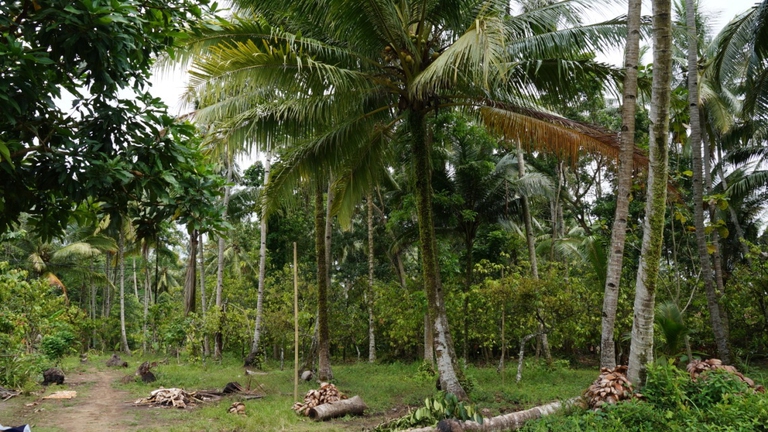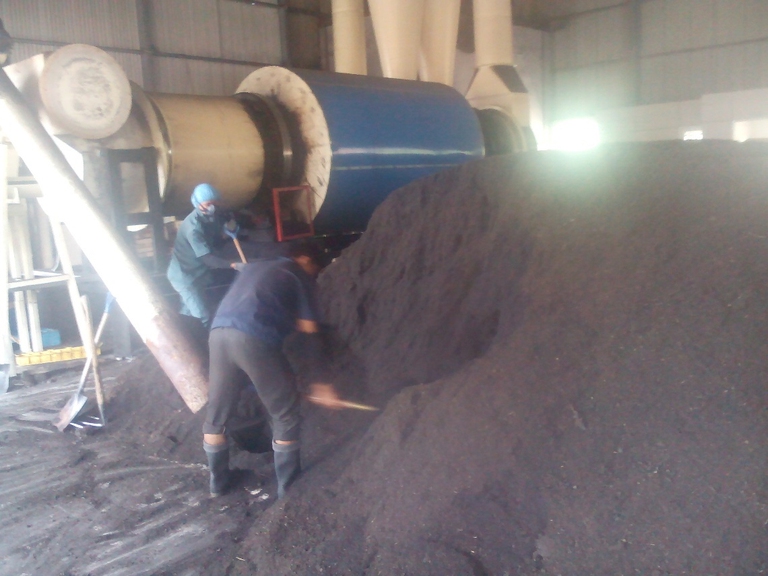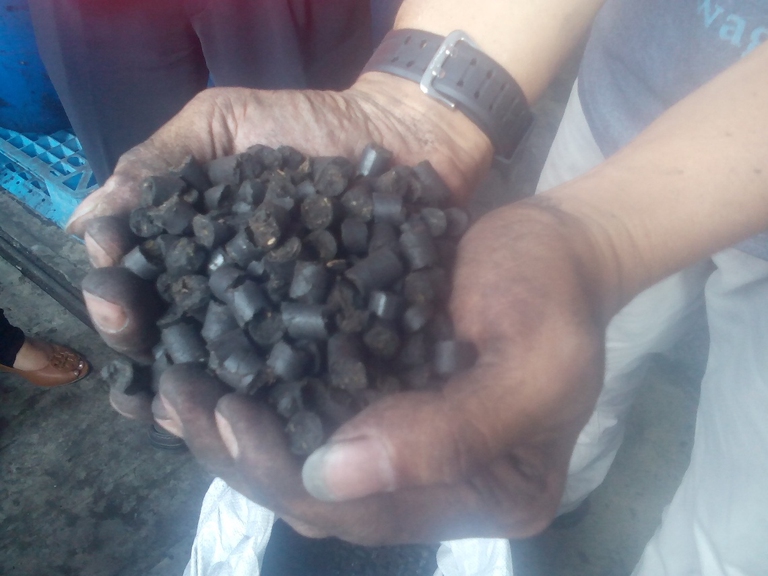
The Copernicus service has released data for the first eleven months of 2025: global warming is set to come close to last year’s record.
Industrial uses of energy-rich vegetation, or biomass, as fuel can be key to the future of renewable energy. Biomass in the form of waste in particular is ideal as it is available at no cost. In Indonesia a forward-thinking company, Sido Muncul, is using the waste from the production of the popular herbal medicine jamu
Industrial uses of energy-rich vegetation, or biomass, as fuel can be key to the future of renewable energy. Biomass in the form of waste in particular is ideal as it is available at no cost. In Indonesia a forward-thinking company, Sido Muncul, is using the waste from the production of the popular herbal medicine jamu to make fuel pellets.
Jamu is a herbal drink made of plants and spices such as ginger, turmeric, cloves, fennel, celery, and tamarind. Indonesians drink it to maintain health and fitness, and to prevent and in some case cure disease. It has been part of the culture for generations. Today, jamu is produced on industrial scale in the form of tablets, capsules, sachets or bottled drinks. The spices are ground and mixed then their flavour and properties are extracted using boiling water. This process leaves behind solid waste in the form of dregs. Every 3 kg of raw ingredients will produce 1 kg of waste.
Historically, before the extensive use of fossil fuels, biomass in the form of wood fuel provided most of humanity’s heating. Feeding biomass directly into fire is called a direct combustion system. Today however there is a more efficient way of using biomass as fuel: by changing it into pellets first. This is called a pellet-fire system. Because they are dry, condensed and uniform, the combustion of pellets releases a much higher amount of calories.
The efficiency of pellets inspired Irwan Hidayat, CEO of Sido Muncul to change his company’s relationship to waste. The biggest jamu maker in Indonesia, Sido Muncul produces 35 thousand tonnes of solid waste every day. The mounting piles of waste call for serious efforts for it to be properly managed, and Hidayat’s intuition was to use these leftovers as the very fuel for jamu production.
To make pellets out of jamu the waste is dried and powdered, then pressed into 2 cm long cylinders. These are then fed into moving-chains steam boilers in the production of both jamu and the pellets themselves.
Cutting down Compressed Natural Gas (CNG) use by about 40%, pellets lead to savings of up to 20 billion Rupiah ($1.5 million) annually. The company aims to replace all CNG use with jamu waste pellets because they have proven to be an effective source of fuel. Both the gas and pellets release about the same amount of energy at the same rate, but the latter are always available at no cost. And most importantly, it means jamu production plants can all become zero-waste facilities.
Siamo anche su WhatsApp. Segui il canale ufficiale LifeGate per restare aggiornata, aggiornato sulle ultime notizie e sulle nostre attività.
![]()
Quest'opera è distribuita con Licenza Creative Commons Attribuzione - Non commerciale - Non opere derivate 4.0 Internazionale.
The Copernicus service has released data for the first eleven months of 2025: global warming is set to come close to last year’s record.
The European Council and Parliament have reached an agreement on the European Commission’s proposal to deregulate new GMOs. But farming, organic agriculture, and environmental organizations are calling for it to be stopped.
Several hundreds of women in India have rejuvenated vast stretch of forest land through a unique method of guarding the forest.
The solution developed by the Italian startup Agri-E enables on-site bioethanol production, promoting energy self-sufficiency for farms.
South African court dismisses a major lawsuit by 140,000 Zambian women and children against Anglo American for Kabwe lead poisoning. A setback for affected communities enduring the lasting impact of lead contamination.
Controversial African land deals by Blue Carbon face skepticism regarding their environmental impact and doubts about the company’s track record, raising concerns about potential divergence from authentic environmental initiatives.
Majuli, the world’s largest river island in Assam State of India is quickly disappearing into the Brahmaputra river due to soil erosion.
Food imported into the EU aren’t subject to the same production standards as European food. The introduction of mirror clauses would ensure reciprocity while also encouraging the agroecological transition.
Sikkim is a hilly State in north-east India. Surrounded by villages that attracts outsiders thanks to its soothing calmness and natural beauty.










